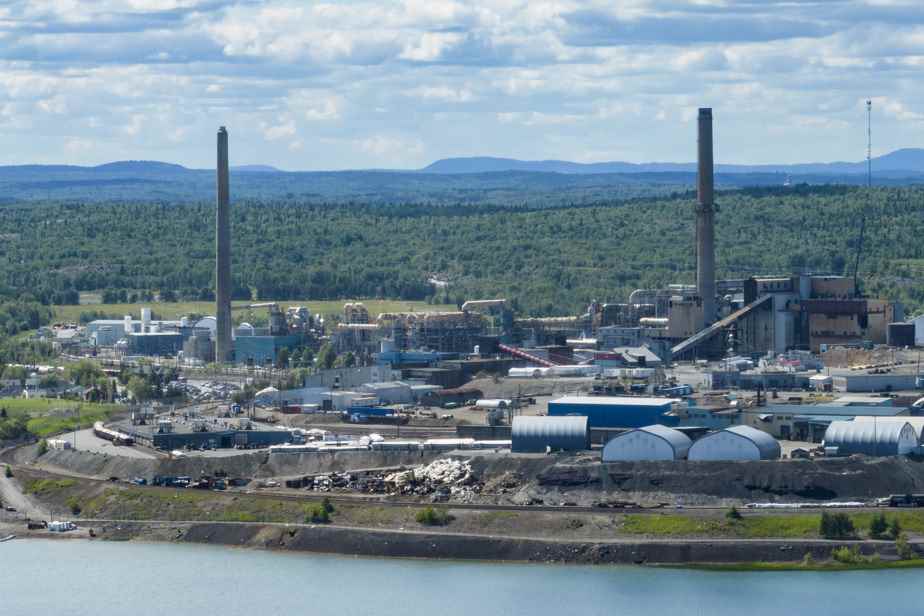Il faudra plusieurs « étapes » avant d’atteindre la norme québécoise sur les concentrations d’arsenic de 3 nanogrammes par mètre cube d’air à la Fonderie Horne de Rouyn-Noranda, affirme le directeur national de santé publique, le Dr Luc Boileau. Il espère toutefois trouver un compromis « acceptable » avec l’entreprise rapidement.
Publié à 11h15
« Tendre vers le 3 nanogrammes, c’est l’objectif, mais il peut y avoir des étapes. Et il faut s’y rendre ensemble. […] To think that a company can change its processes in a few days is incredible. You have to take a realistic look,” said the Dr Boileau at a press conference, Thursday.
The national director thus reacted for the second time in two days to the controversy surrounding arsenic emissions from the Horne Foundry, in Rouyn-Noranda, which increased in 2021 compared to 2020 and continue to greatly exceed the legal standard, causing concerns and questions in the population.

PHOTO FRANÇOIS ROY, THE PRESS
The Dr Luc Boileau
The Dr Boileau reiterated that he had “clear signals” from the multinational Glencore, owner of the foundry, to “propose modifications in order to significantly reduce the contaminants emitted into the air”. “With that, we will probably be able to profile something that will be much more reasonable and acceptable. We will do this as soon as possible, ”he said.
On Wednesday, dozens of citizens took part in a public meeting, organized by the organization Mères au front and the deputy of Québec solidaire Émilise Lessard-Therrien, to denounce the inaction of the government and the leaders of the Horne Foundry.
“In Quebec, it’s three nanograms, so why in Abitibi-Témiscamingue, in Rouyn-Noranda, wouldn’t it be three nanograms? “, notably launched Gabrielle Bruneau, of the group Mothers at the front, to the crowd, who immediately responded to her with loud applause. His group regrets that Public Health does not come out more clearly on a reduction target that would be acceptable.
But who will set a threshold?
Asked about this, the Dr Luc Boileau affirms that it will be up to the Ministry of the Environment and the Fight against Climate Change to establish this threshold, “when it has the certificate of attestation”. “The company will have to comply with this certificate. And the discussion, on this side, is happening right now, ”he said.
The Dr Boileau also returned to his remarks that he had made the day before, saying that it will also be up to the population to choose. “Maybe I misspoke. […] It’s up to citizens to decide how they want to deal with that. That’s more what I meant,” he reasoned.
One thing is certain: “we must not just drop to 80 nanograms,” said the national director of public health. “It has to be reduced a lot. You have to aim for zero or 3. But is it realistic to get there in a short time? I don’t think so, industrially speaking,” he insisted.
In a report released Wednesday, the National Institute of Public Health of Quebec (INSPQ) confirmed that the high concentrations of arsenic and cadmium in the air of Rouyn-Noranda are indeed causing a surplus of lung cancer cases. . But the mystery still hangs over the impact of this contamination on other health problems and the consequences of the many other heavy metals present in the air.
With Jean-Thomas Léveillé

